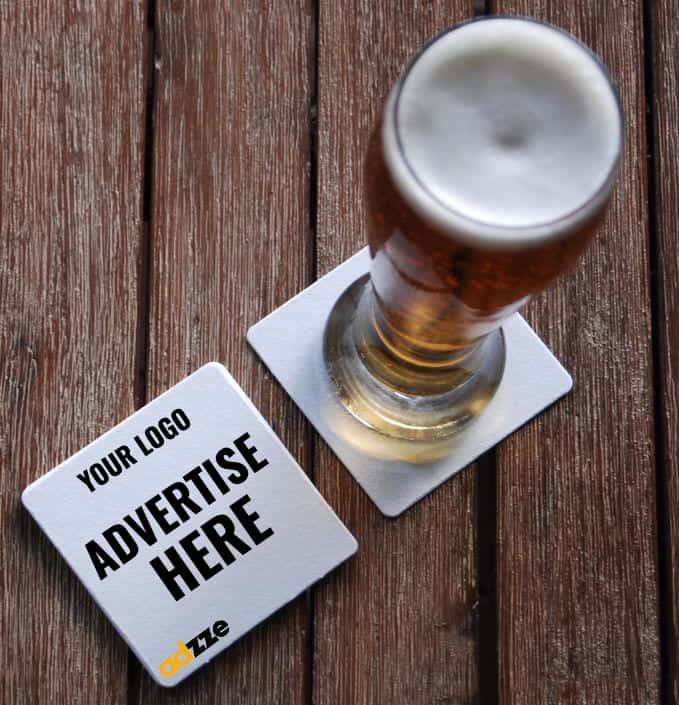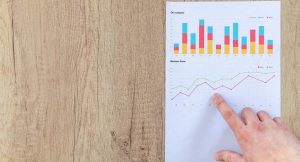Want your brand to be the life of the party?
Here’s a secret: your next big campaign could be resting under someone’s drink at the local bar. With bar coaster advertising, you’ll catch their eye when they least expect it—and give them something to engage with. Whether it’s a discount, event promo, or just brand awareness, your message becomes part of their night out!
Ready to see how bar coasters can turn your next campaign into an interactive experience? Request our Media Kit now and discover the potential of in-hand advertising!
The Problem
Marketers choose this unique advertising space because it stands out in a crowded market. Getting consumers’ attention is challenging today because they are exposed to over 3,000 advertising messages daily. Because of advertisers’ relentless attempts at persuasion, consumers’ attention spans are severely limited. The unique nature of this bar advertising vehicle piques customers’ interest and boosts their readiness to engage in the cognitive effort to comprehend messages. Because of this medium’s inherent novelty, consumers are more likely to engage with the content on a deeper level.
According to research by Meredith Corporation’s advertising technology firm Viant, Inc., three things can make digital advertising campaigns fail: Just 30% of the target audience really sees the ads, 27% of those ads are inaccurate, and 26% of those ads use anonymous targeting. According to research firm Lumen, only nine percent of digital advertisements are seen for more than one second. The research gathered visual data on what people see when online by mounting eye-tracking cameras on 300 users’ laptops. Thirty thousand minutes of data were recorded during the investigation, with evidence pertaining to about fifteen thousand digital advertisements.
Advertising using billboards is a time-consuming and costly ordeal. Because of their short attention spans, many commuters are bombarded with dozens of billboards daily. Since people only see billboards for brief periods of time, they are less likely to remember them. At the very top, advertisers are typically required by billboard companies to sign long-term contracts. Billboards might not be the best choice for your advertising strategy if it calls for different messages to be delivered at specific times and demands some flexibility.
Coaster Advertising
This concept relies on placing advertising in unusual and unexpected places, often with unconventional methods, and being the first or only ad execution to do so. In-the-hand advertising is a ramification of Guerrilla advertising. It relies on placing ads on vehicles that consumers touch on a daily basis, such as coffee cups, pizza boxes, drink coasters, hotel room key cards, Prescription bags, and dry cleaner hangers.
The logo and message of the advertiser are printed on bar/restaurant coasters and distributed to the network of venues. Specific targeting is enabled with an in-house technology to profile the demographic region and pick addresses according to the campaign plan. Coaster Advertising provides a very targeted audience.
Coaster Advertising Impact
Bar coaster advertising is a creative option to spread your message in a relaxing environment. The venue places the coasters on the dining or bar tables generating a direct impact on consumer who receives the message in their hands. This is a guaranteed impression, as they have to take the coaster in their hands. Approximately 2,00 coasters/month can be distributed by each venue. The ‘unusually’ raises the level of interest in consumer and hence their willingness to expend cognitive effort to process messages.

Coaster Advertising Costs
For the purpose of comparison, consider the costs of traditional OOH, e.g., billboards, as a benchmark. The costs of billboards depend on format, circulation, and demographics. Traditional billboards can cost between $14,000 and $20,000/month in larger markets. For the same cost, the advertiser can place its message on 40,000 bar or restaurant coasters at 20 different venues at the same time.







